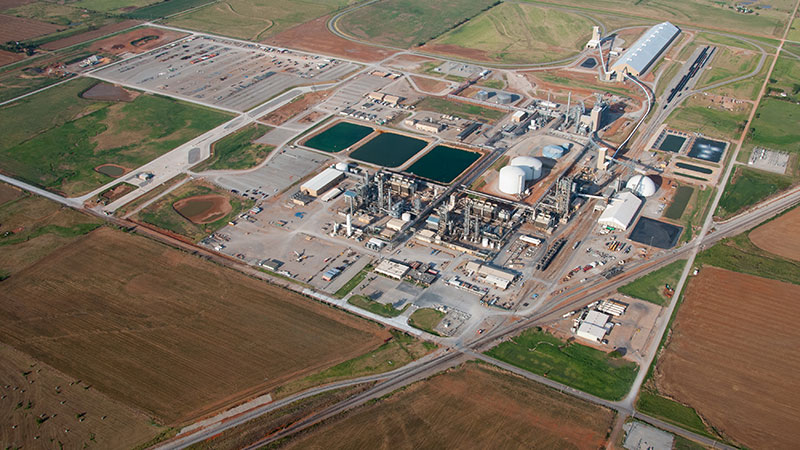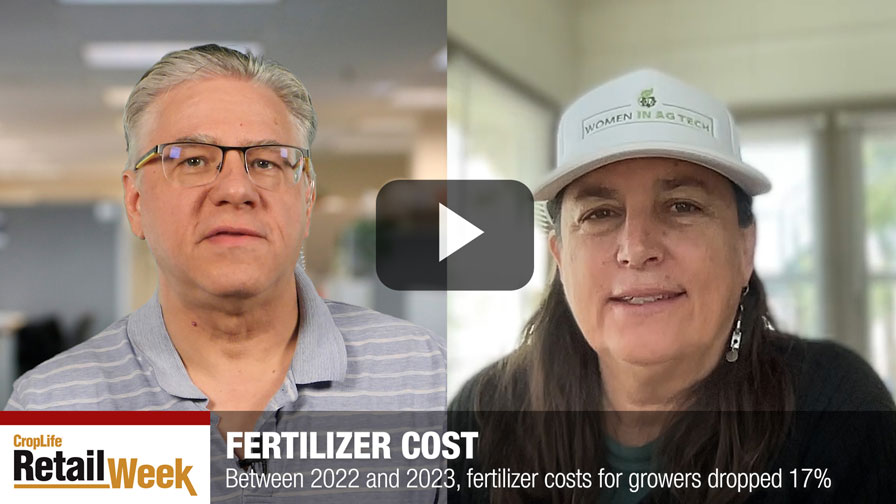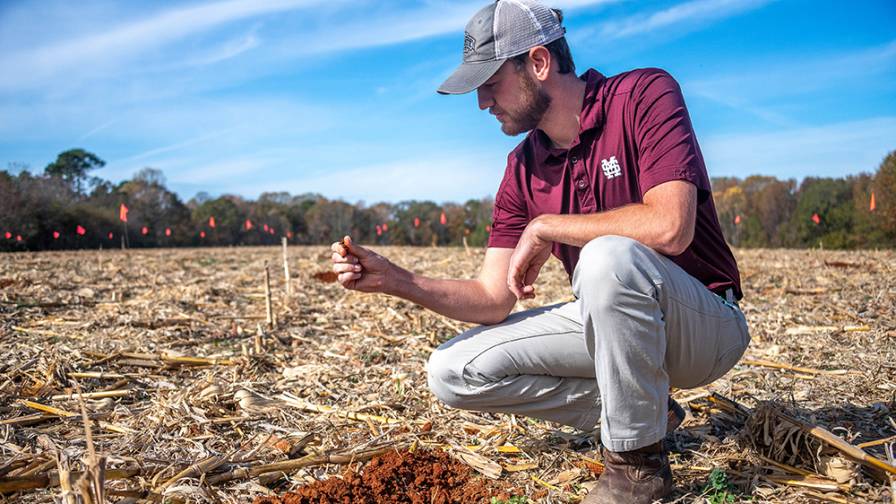2015 Precision Agriculture Dealer Survey: Top Four Trends To Watch
Editor’s note: The 17th Precision Agriculture Survey was completed with partnerships among the departments of Agricultural Economics and Agronomy at Purdue University, CropLife magazine, and support from SST Software and Raven Industries. This article looks at the key areas of precision ag adopters are working with in 2015.
Computer processing capabilities double about every two years. Known as Moore’s Law, this concept was developed in 1975 by Gordon Moore, co-founder of the Intel Corp, and remains mostly true today. As more transistors are placed on a microchip, the cheaper and more powerful the chips become. With a doubling every two years, the changes become exponential.
When planning for the 2015 Precision Agriculture Dealer Survey, it became clear that huge leaps had been made in the industry since the previous survey. Just since 2013 exponential changes had occurred and resulted in whole segments, previously not considered in the survey, coming to the forefront of agriculture’s attention. The two most obvious were unmanned aerial vehicles (UAVs) and Big Data. In planning for the survey, it was quite surprising how much change had happened over two years.
Attempting to capture and measure changes in the industry, this year’s Precision Agriculture Survey takes a look at where we have been, where we are today, and what agricultural retails’ expectations for the future are. To capture the highlights of the survey, we have summarized four of the top trends gleaned from this year’s survey.
The Rise Of UAVs
From scouting fields to capturing novel videos of planting and harvesting, unmanned aerial vehicles (UAVs) have been one of the hottest topics in agriculture since the last precision agriculture survey. To understand more about the application of UAVs in precision agriculture, UAV-specific questions were included in the 2015 survey. These validate the strong anecdotal interest and enthusiasm for UAVs.
Sixteen percent of survey respondents reported their agricultural retail location was using UAV technology.
Nineteen percent of respondents anticipated offering UAV-related services to their farmer-clients by the fall of 2015. And strong growth is expected, with 38% of dealers saying they will offer UAV services in the next three years. The survey has included remote sensing questions since its beginnings, but unfortunately, the survey did not dig into how dealers were using UAVs today (scouting, vegetation monitoring, videos, etc.).
But we have always had questions about profitability — 13% of those who are using UAVs are generating a profit, about the same are breaking even, and the remainder are either losing money or don’t know. Also as part of the survey, agriculture retailers are asked to estimate the percentage of all of the acres in their trade area using various technologies. This year, the retailers said UAV technology was used on 2% of the acres, but they expect it to increase to 16% for 2018.
Precision Services Poised To Jump Forward
A hallmark of the precision agriculture survey has been an assessment of which precision agriculture services retailers were offering and future expectations. In Figure 1, the top five services agricultural retailers anticipated to have the largest increase in offerings from 2015 to 2018 are shown. Overall, the largest increase in offerings was for UAV services, as previously discussed. The second precision service expected to have large gains is variable-rate (VRT) seeding prescription services. This was reported at 27% in 2015 with expectations to increase to 38% by 2018.
The other precision services with large expected increases in offerings included field mapping, yield monitor analysis, and satellite/aerial imagery (Figure 1). When thinking about all five of these services two common themes emerge: big data and aerial imagery/information. Not surprising as these topics have been very popular for the industry.
It’s important to note from past surveys that respondents typically overestimate what actually happens in the future, but usually capture the overall trend of which services are poised for strong growth.
Farm Income Hurdle Ratchets Up
Since 2004, survey respondents have been asked about the specific barriers that limit farmer adoption of precision technology services. In total, six barriers were evaluated; one stood out.
When asked if pressures from farm income limited producer adoption of precision agriculture services, 49% of respondents agreed. This was higher than any other barrier, and the highest level since 2009. Figure 2 plots the percentage of respondents that agreed farm income was a barrier to precision technology adoption since 2004. While 2013 had record-low agreement, current conditions are most similar to levels not observed since 2009. Retailers’ concern about farm income is warranted. Earlier this spring, the USDA estimated net farm income at 35% less than 2014, marking the potential for a third year of consecutive decline.
Looking forward, the impact farm income has on the use of precision agriculture services will depend on the severity of the income pressure, the stubbornness or longevity of the pressure, and the economic value the precision services offer. Strong income pressure persisting several years will likely stifle the adoption of technologies that do not have, or fail to convey, strong economic returns.
Plans For Strong Investment
Another long-running question in the precision agriculture survey has been retailers’ plans for precision investment, Figure 3. In 2015, 12% of respondents were planning no precision investment, significantly fewer than the reported 21% in 2013. This is also the lowest level of respondents planning no investments in the question’s history. Sixteen percent of respondents were planning investments of more than $100,000 in 2015, up slightly from 15% in 2013, but the highest ever observed.
It’s worth noting the seeming contradiction among the trends for strong precision agriculture investments yet increased pressure from farm income potentially limiting the adoption of precision services (Figure 2). While the survey does not provide direct insight into this, it will be important for retailers to invest in services providing strong economic value to their customers. Additionally, retailers should ensure they are able to convey and prove the value precision services may create for producers.
Finally, a question not asked in the survey but important for retailers to carefully consider is the financial commitments being made in the form of human capital. With any new technology or services offered, it is critical to consider the needed skills, training and time requirements of employees. Certainly precision services require investment in both the technology itself as well as the human element. We have focused on this topic in an accompanying article.
Final Thoughts
As production agriculture enters an era of lower commodity prices and profitability, precision agriculture will adjust to the fiscally lean environment. While guidance and application technology — helping the farmer cross their fields and apply products more efficiently — has become mainstream, the industry is now entering a period of more data collection and analysis to inform decision-making. The mission has stayed the same — helping producers raise more bushels at lower costs — but the complexity increases.
In conclusion, the big data and aerial collection of data will be important to watch over the next couple years. As UAVs and satellite imagery is coupled with yield monitor analysis and field maps, big data level decision, such as VRT seeding prescriptions, will be what the industry will watch moving forward. Just as in the last two years, advancements in computing power will take us closer to harnessing and fully developing the potential of precision agriculture and the systems in which agricultural data are collected, analyzed and implemented in decisions.






